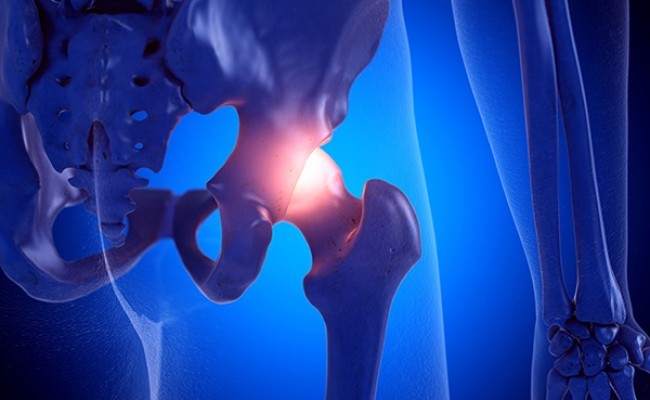
Femoroacetabular impingement
- 28/11/2022
What is femoroacetabular impingement?
Femoroacetabular impingement is a condition in which there is abnormal friction between the hip bones, specifically between the femoral head and the acetabulum. This can cause damage to the hip joint and lead to pain, weakness, and limited movement.
There are two types of femoroacetabular impingement: CAM type and pincer type. CAM type refers to a deformity of the femoral neck due to impingement with the acetabulum, while pincer type refers to an acetabulum that is abnormally deep or that excessively covers the femoral head.
What are the causes of femoroacetabular impingement?
The causes of femoroacetabular impingement can be congenital or acquired.
- Congenital causes: Femoroacetabular impingement can be caused by a congenital malformation of the femoral head or acetabulum, which may have developed abnormally during pregnancy.
- Acquired causes: Femoroacetabular impingement can also be caused by joint wear and tear on the femoral head or acetabulum due to repetitive trauma, such as that occurring in contact sports or jobs that require repetitive hip movements. It can also be caused by joint diseases, such as rheumatoid arthritis or Legg-Calvé-Perthes disease.
- Overweight or obesity, poor posture, physical activities that involve repetitive movements, or excessive wear and tear on the hip can contribute to the development of femoroacetabular impingement.
How is femoroacetabular impingement diagnosed?
The diagnosis of femoroacetabular impingement is based on a combination of a physical examination, medical history, and imaging tests.
- Medical History: Your doctor may ask about your symptoms, injury history, and medical history to help establish a diagnosis.
- Physical Examination: Your doctor may perform a physical exam to assess your hip's range of motion, detect tenderness, and evaluate muscle strength.
- Specific Tests: Your doctor may perform specific tests to assess hip mobility and determine if you have femoroacetabular impingement.
- Imaging Tests: These tests can be used to confirm the diagnosis and determine the extent of the injury. These tests may include X-rays, MRIs, computed tomography (CT) scans, and ultrasounds.
How is femoroacetabular impingement treated?
Treatment for femoroacetabular impingement may include a combination of conservative therapies and surgery.
Conservative Therapies:
- Rest and Activity Change: Cessation or change in the activity that causes pain should be one of the initial measures when diagnosed with femoroacetabular impingement.
- Medications: These may be prescribed to reduce pain and inflammation.
- Strengthening Exercises: Exercises to strengthen the hip muscles can help reduce pressure on the hip joint and improve mobility.
- Physical Therapy: Physical therapy can help reduce pain and improve hip mobility.
- Ultrasound-Guided Injections: Ultrasound-guided corticosteroid injections can reduce pain and inflammation. If osteoarthritis is present in the joint, ultrasound-guided injections of hyaluronic acid or PRP (platelet-rich plasma) may be helpful to reduce pain and improve function.
Surgery:
If conservative treatment is not effective, surgery may be necessary to correct the hip anatomy and reduce pressure on the joint.
Surgery may include hip arthroscopy to repair or remove the excess bone or cartilage causing the impingement.
Make an appointment with Dr. Jordi Jiménez. He will see you in the center of Palma and help you regain your quality of life.

![[VIDEO] Ultrasound-Guided Injection for Trigger Finger](https://drjordijimenez.com/imagen/100/100/Imagenes/infiltracion-ecoguidada-dedo-resorte-drjordijimenez.jpg)
![[VIDEO] Ultrasound-guided infiltration of the lumbar facets](https://drjordijimenez.com/imagen/100/100/imagenes-pagina/sindrome-facetario-lumbar-drjordijimenez (1).jpg)
![[VIDEO] Ultrasound-guided infiltration of the hip joint](https://drjordijimenez.com/imagen/100/100/Imagenes/valgo-dinamico-rodilla-drjordijimenez.jpg)